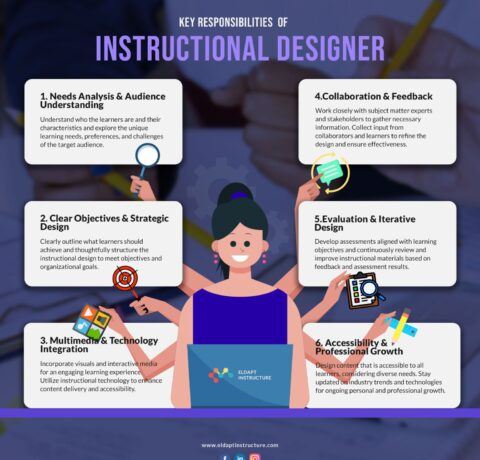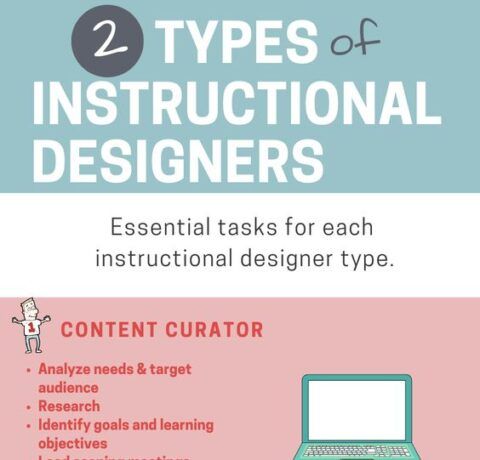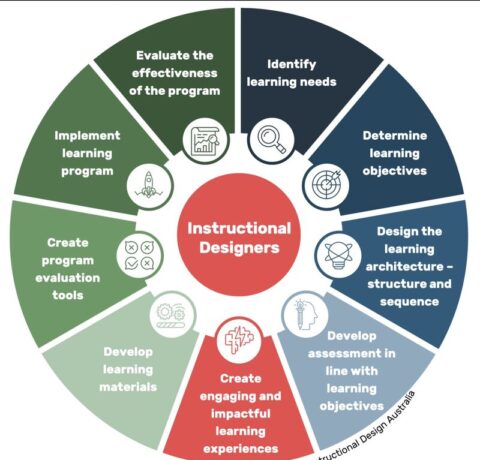A Brief History of Instructional Design Infographic
Instructional design has come a long way. From ‘training’, which was merely considered a passive function in an organization, the emphasis has now shifted towards making learning and talent development an integral part of corporate culture. The Brief History of Instructional Design Infographic provides a brief history of how instructional design has changed over the years to take its present shape.
Origins
Instructional design first began during the World War II when a large number of psychologists and educationists were summoned to develop training materials and to apply their knowledge of evaluation.
The Programmed Instruction Movement – Mid-1950s to Mid-1960s
- 1954 - B.F. Skinner through his article “The Science of Learning and the Art of Teaching” pioneers the concept of programmed instructional materials.
- 1956 - Bloomberg Benjamin leads the development of the “Taxonomy of Educational Objectives” identifying 3 principal domains of learning.
- Early 1960s - Robert F. Mager emphasizes the importance of desired behavior, learning condition and assessment in writing learning objectives.
The Criterion-Referenced Testing Movement – Early 1960s
In 1962, Robert Glaser coins the term “criterion-referenced measures” to assess students’ entry-level behavior & post-training competency.
The Conditions of Learning – 1965
In 1965, Robert Gagne identifies the 9 events of instruction highlighting some very important areas in learning hierarchies and hierarchical analysis.
A Rise of Interest in the Systems Approach – 1970s
A number of models based on information-processing- approach are developed across military, academia and organizations, many of which use media to improve the quality of instruction.
The Birth of eLearning - 1980s
Methods are evaluated as to how the PC could be used in an academic and interactive context as PLATO, the first generalized computer assisted instruction system allows computers to be integrated into instruction. Concurrently, there is also a rising interest in the principles of cognitive psychology.
A Rising Interest in Constructivism and the Importance of Performance -1990s
The constructivist theory underlines the importance of “authentic” learning tasks that replicate the actual complexity of the real world environment of traineesas opposed to the theoretical learning approach which preceded it.
The Rise of Online Learning – 2000s
Deeper internet penetration, better bandwidths and rise of the social media makes online learning a viable, economical & effective medium.
2010 and beyond
Now is the age of learning technology in all its form – social, mobile and personalized. Big data and analytics are shaping the way how learning is tailored to the needs and preferences of each learner. The principles of instruction are no doubt, rooted in years of research in ID, but learning is now designed to be more contextual, fluid and learner-friendly. Social Mobile Analytics and Cloud (SMAC) technologies are at the heart of this era of learning.
Read also: Instructional Design Models and Theories







You can adjust your cookie preferences here.